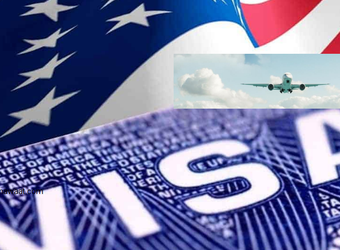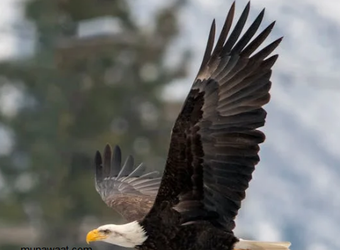Visa to the United States
Getting a visa to the United States involves a few steps, and the specific type of visa you need will depend on the purpose of your visit. Here’s a general overview of the process:
1. **Determine the Type of Visa You Need**: There are several types of visas, including:
- **Tourist Visa (B-2)**: For visiting for leisure or tourism.
- **Business Visa (B-1)**: For business activities, like meetings or conferences.
- **Student Visa (F-1)**: For studying at an accredited U.S. institution.
- **Work Visa (H-1B, L-1, etc.)**: For employment in the U.S. under specific conditions.
2. **Complete the DS-160 Form**: This is the Online Nonimmigrant Visa Application form. You can complete it on the Consular Electronic Application Center website.
3. **Pay the Visa Fee**: The fee amount depends on the type of visa you’re applying for. Payment instructions are provided on the U.S. embassy or consulate’s website.
4. **Schedule an Interview**: Most visa applicants need to attend an interview at a U.S. embassy or consulate. You can schedule this through the embassy or consulate's website or through a third-party service, if applicable.
5. **Gather Required Documents**: This generally includes:
- A valid passport.
- The DS-160 confirmation page.
- Visa fee payment receipt.
- A passport-sized photo that meets U.S. visa requirements.
- Supporting documents relevant to your visa type (e.g., invitation letters, proof of financial means, educational records, etc.).
6. **Attend the Visa Interview**: During the interview, you’ll answer questions about your background, your reasons for visiting the U.S., and your plans while you’re there. The consular officer will decide whether to approve or deny your visa based on this information.
7. **Wait for Processing**: After your interview, the visa processing time can vary. If approved, your visa will be stamped in your passport, and you’ll receive instructions on when and how to collect it.
Each U.S. embassy or consulate may have specific requirements and procedures, so it’s a good idea to check their website or contact them directly for detailed information.
U.S. visas are available to citizens of all countries, but the specific requirements, application processes, and approval rates can vary depending on the applicant’s nationality. Here’s a broad overview of how it works:
1. **Visa Waiver Program (VWP)**: Citizens of countries participating in the Visa Waiver Program can travel to the U.S. for tourism or business for up to 90 days without needing a visa. Instead, they must obtain an Electronic System for Travel Authorization (ESTA). As of 2024, there are 40+ countries in the VWP, including:
- Australia
- Austria
- Belgium
- Brazil
- Canada
- Denmark
- France
- Germany
- Ireland
- Italy
- Japan
- Netherlands
- New Zealand
- Norway
- South Korea
- Spain
- Sweden
- Switzerland
- United Kingdom
2. **Non-VWP Countries**: Citizens of countries not participating in the VWP must apply for a visa for any travel to the U.S. This includes a wide range of countries around the world. Each applicant must go through the visa application process, which typically involves filling out the DS-160 form, paying the visa fee, scheduling an interview, and providing supporting documents.
3. **Visa Categories**: Depending on the purpose of travel, different types of visas are available:
- **Tourist (B-2)**: For leisure travel.
- **Business (B-1)**: For business activities.
- **Student (F-1)**: For studying at a U.S. educational institution.
- **Work (H-1B, L-1, etc.)**: For employment in the U.S.
The exact process and requirements can vary based on the U.S. embassy or consulate in the applicant’s country, so it’s always a good idea to check the specific requirements on the embassy or consulate’s website.





Related Articles